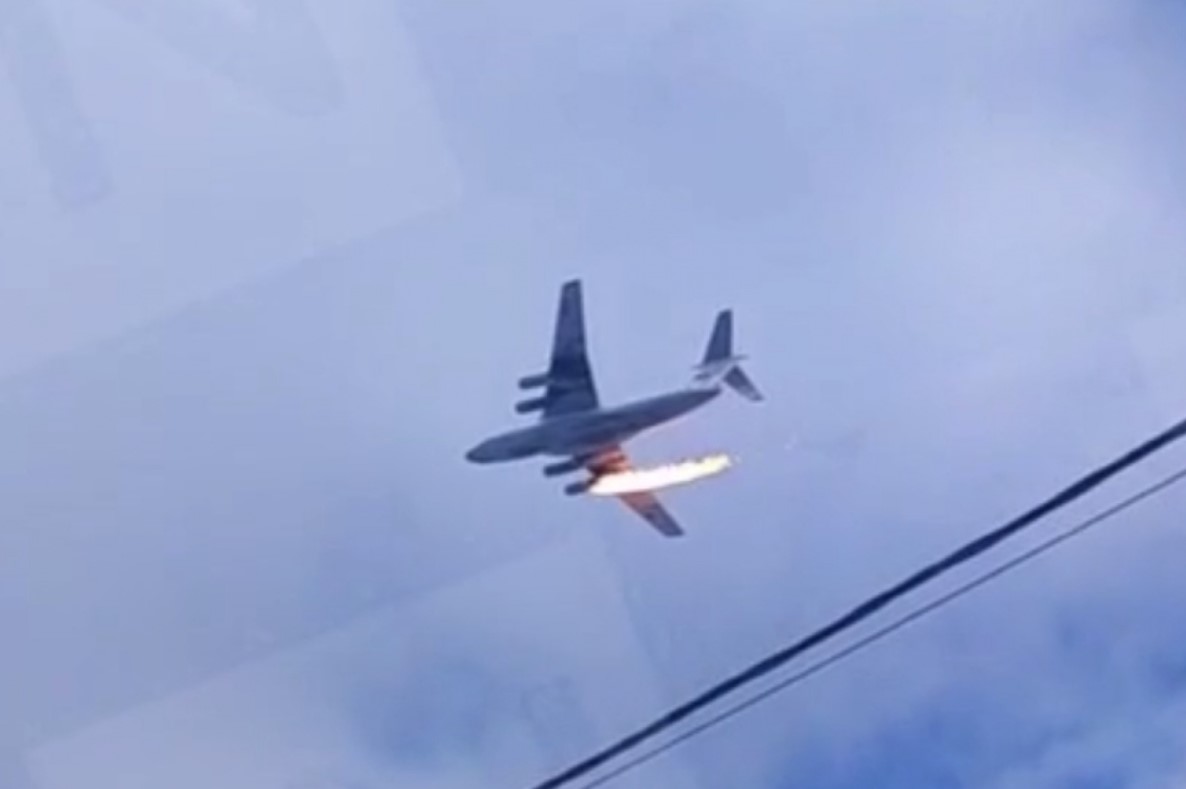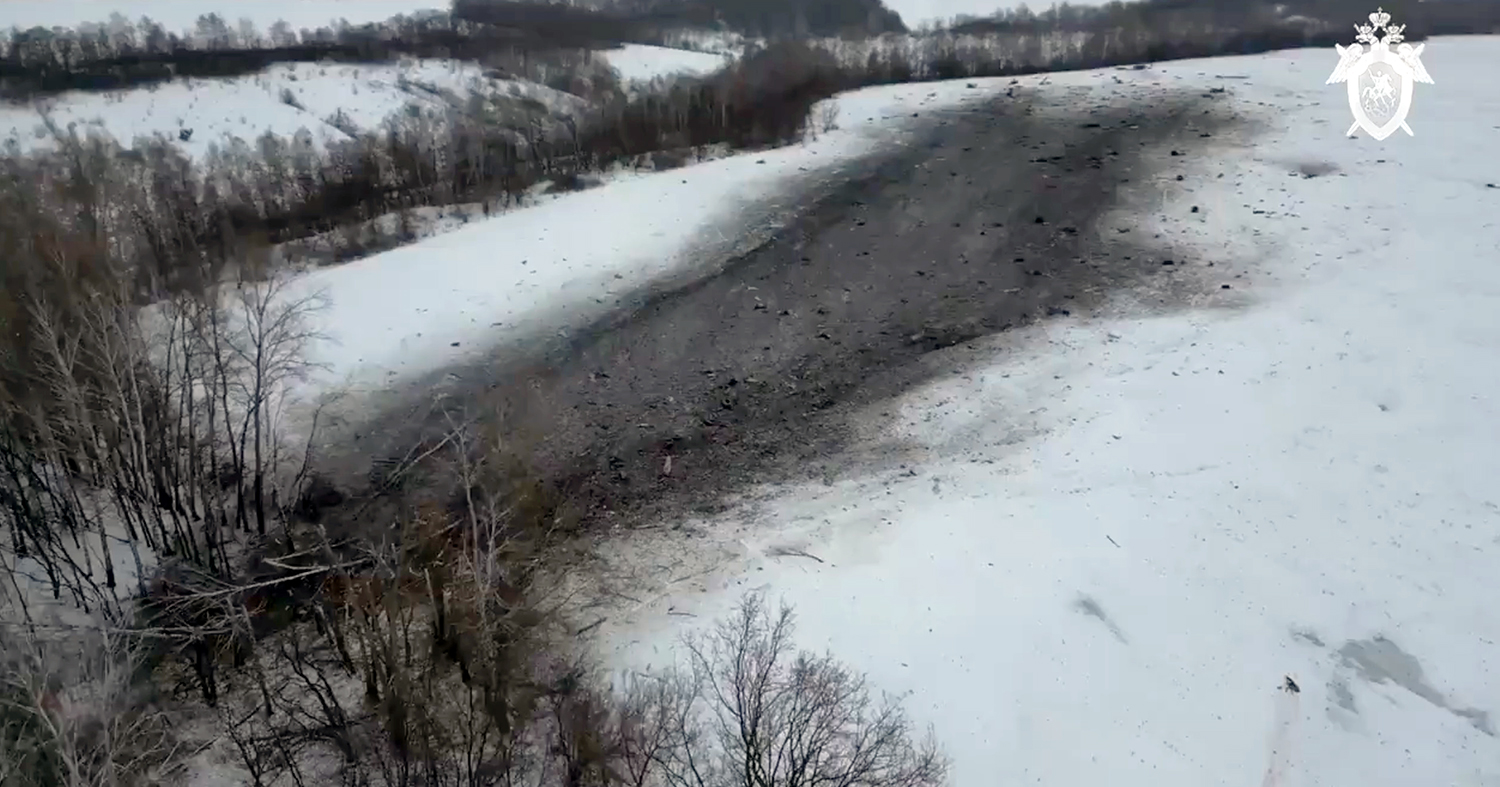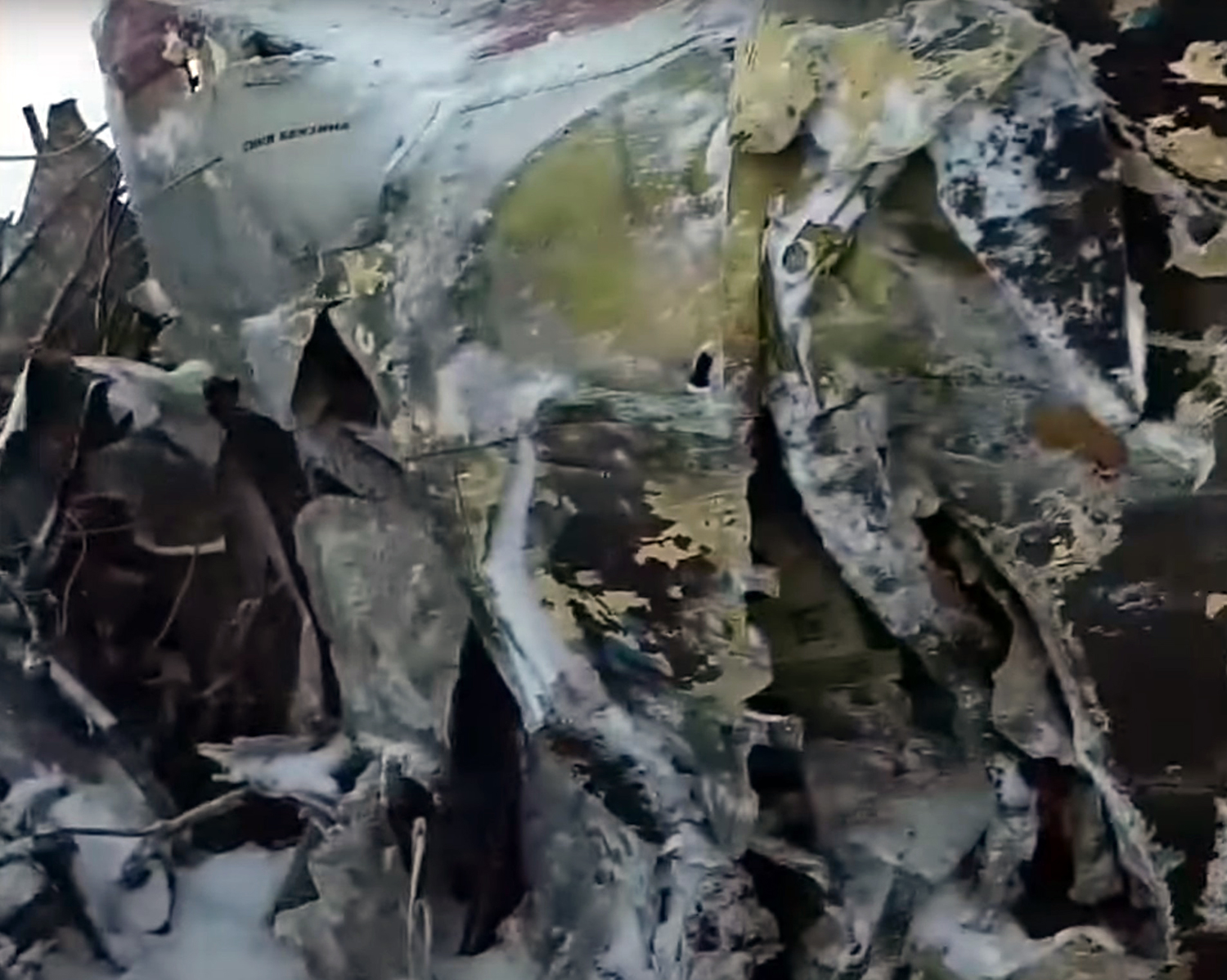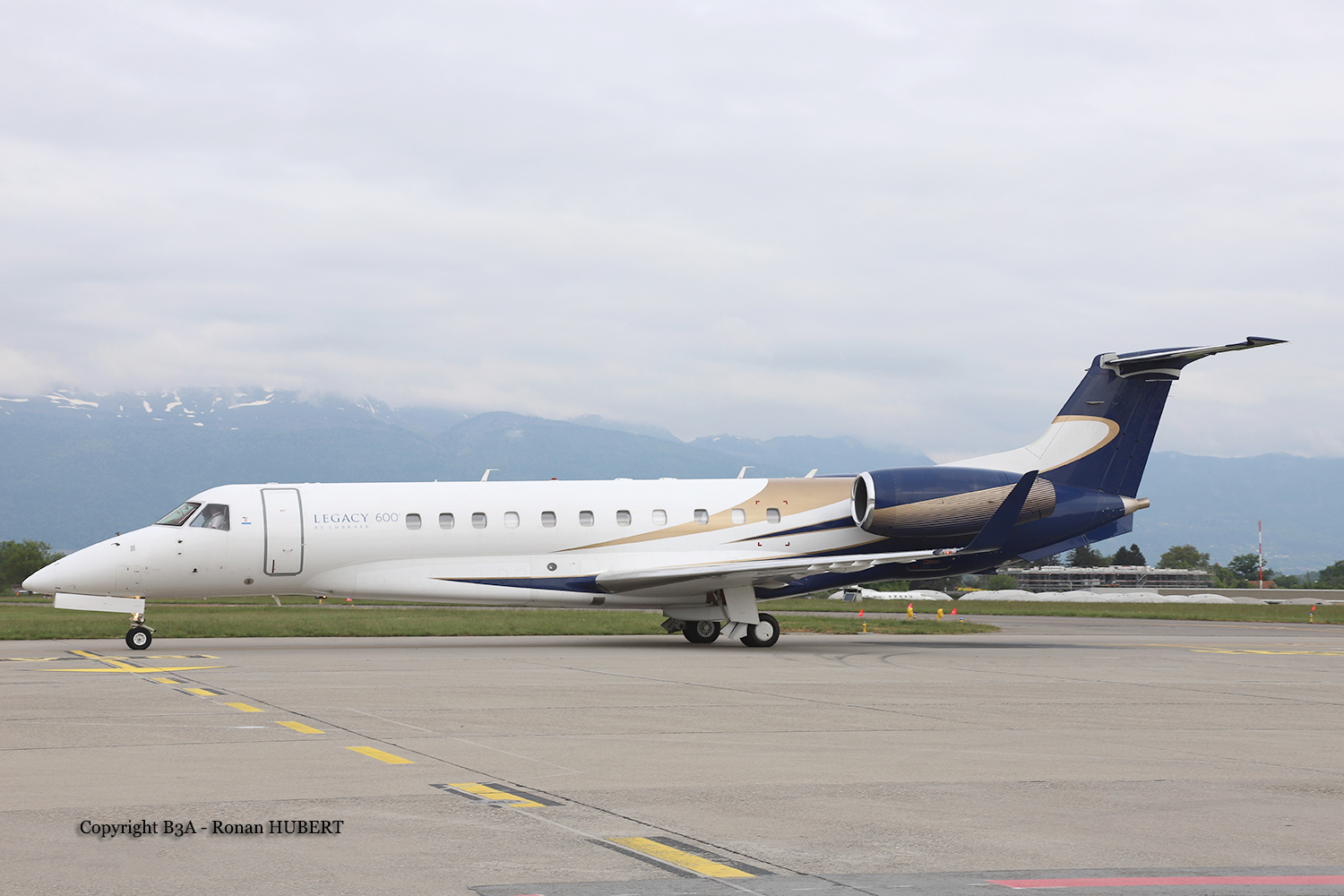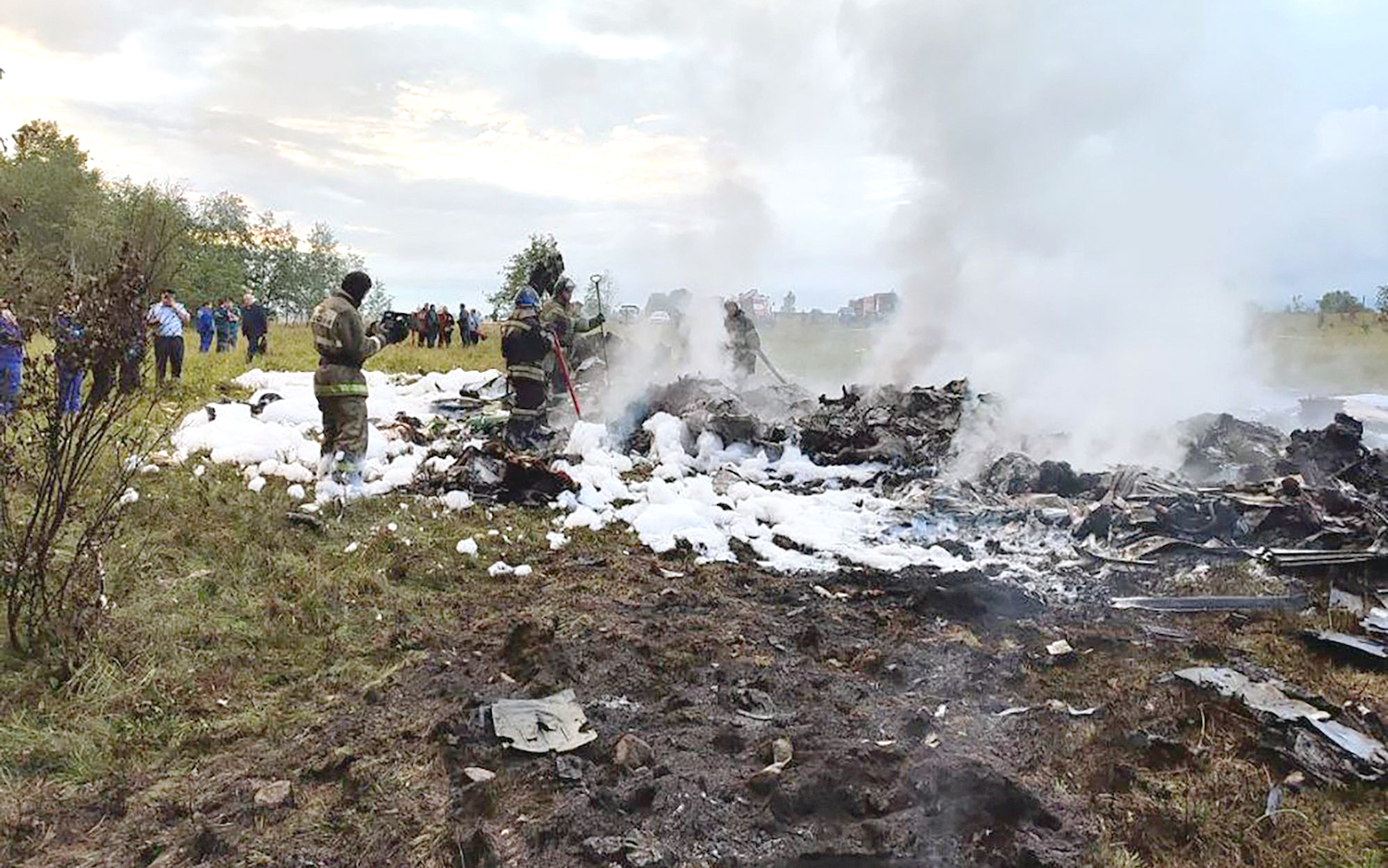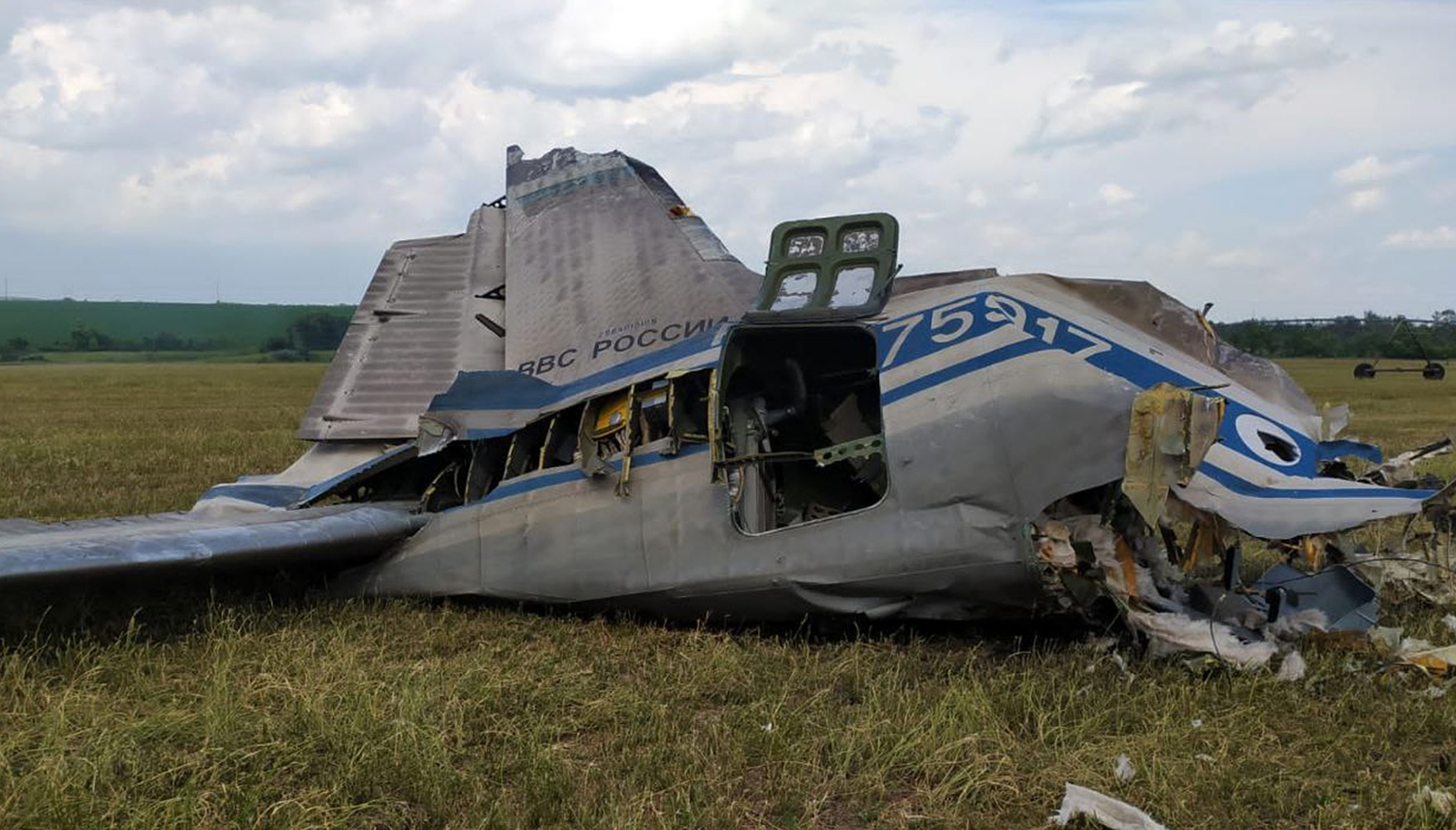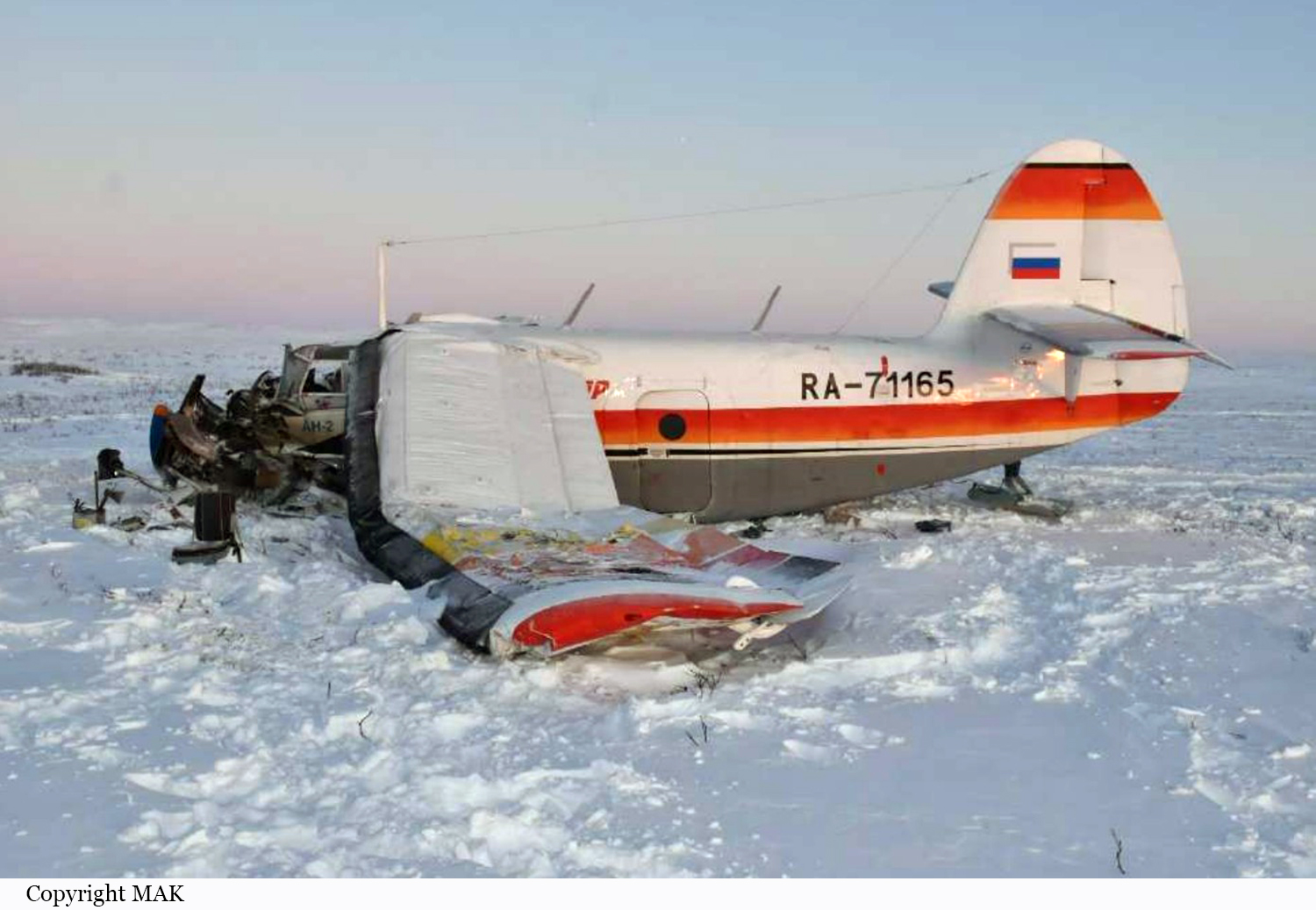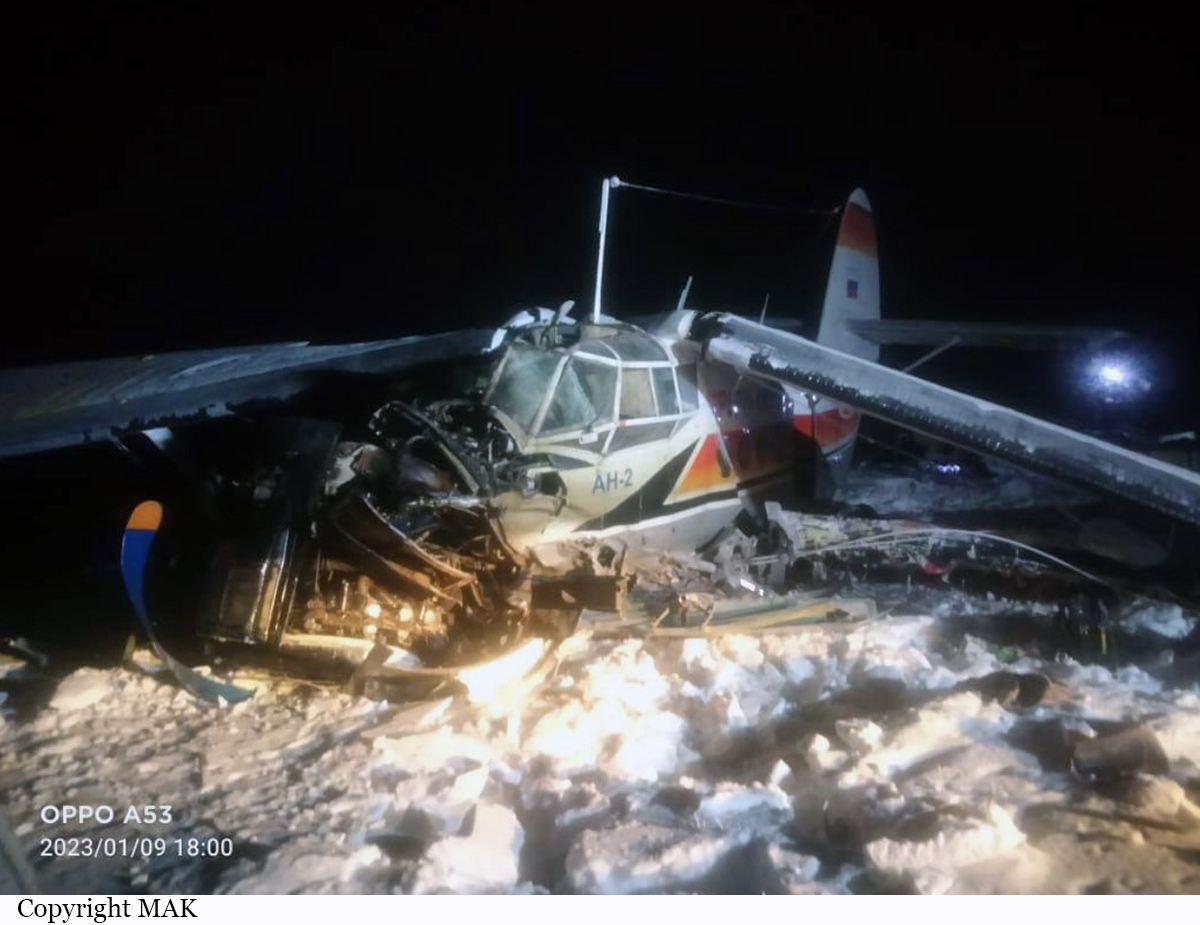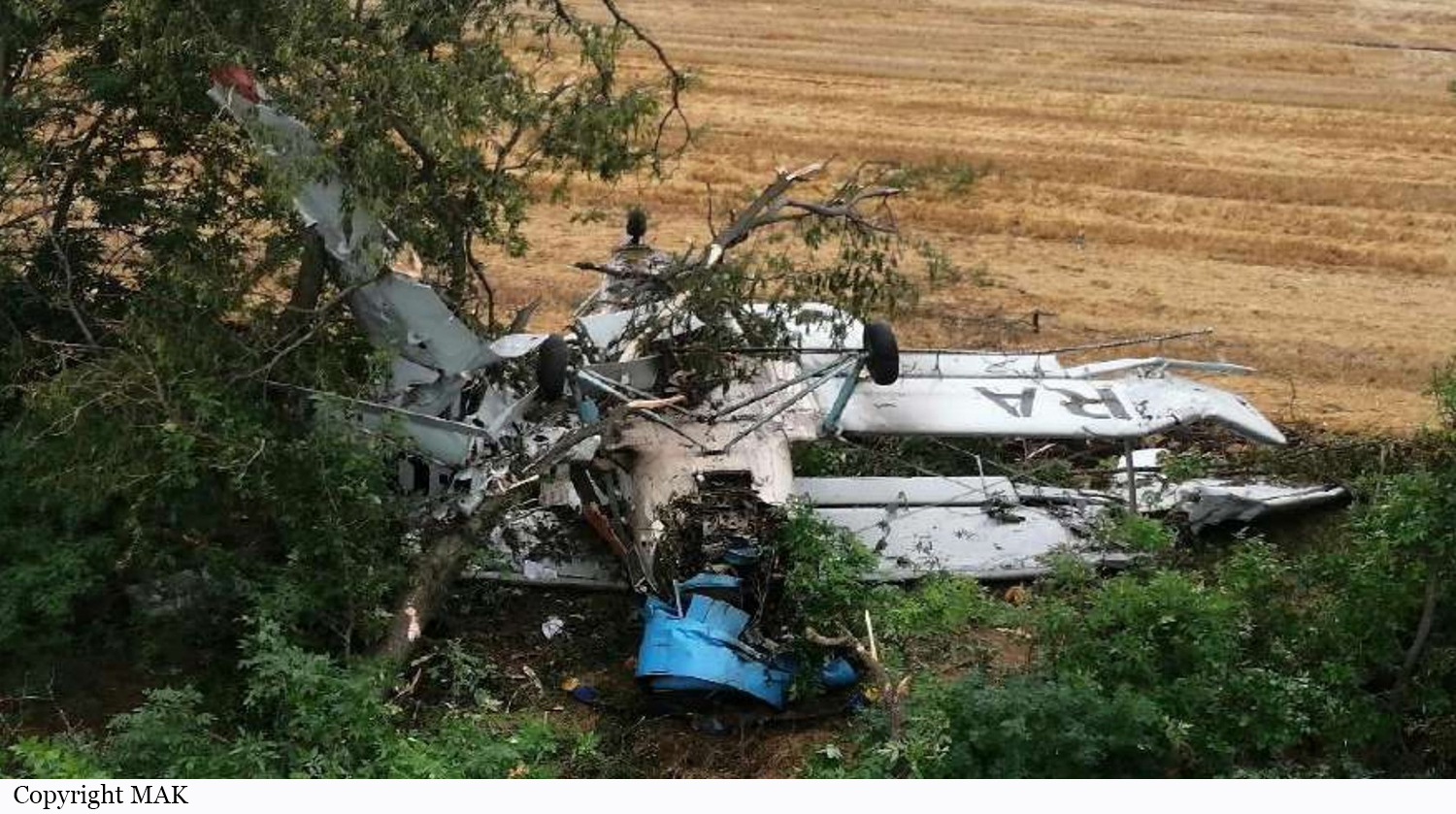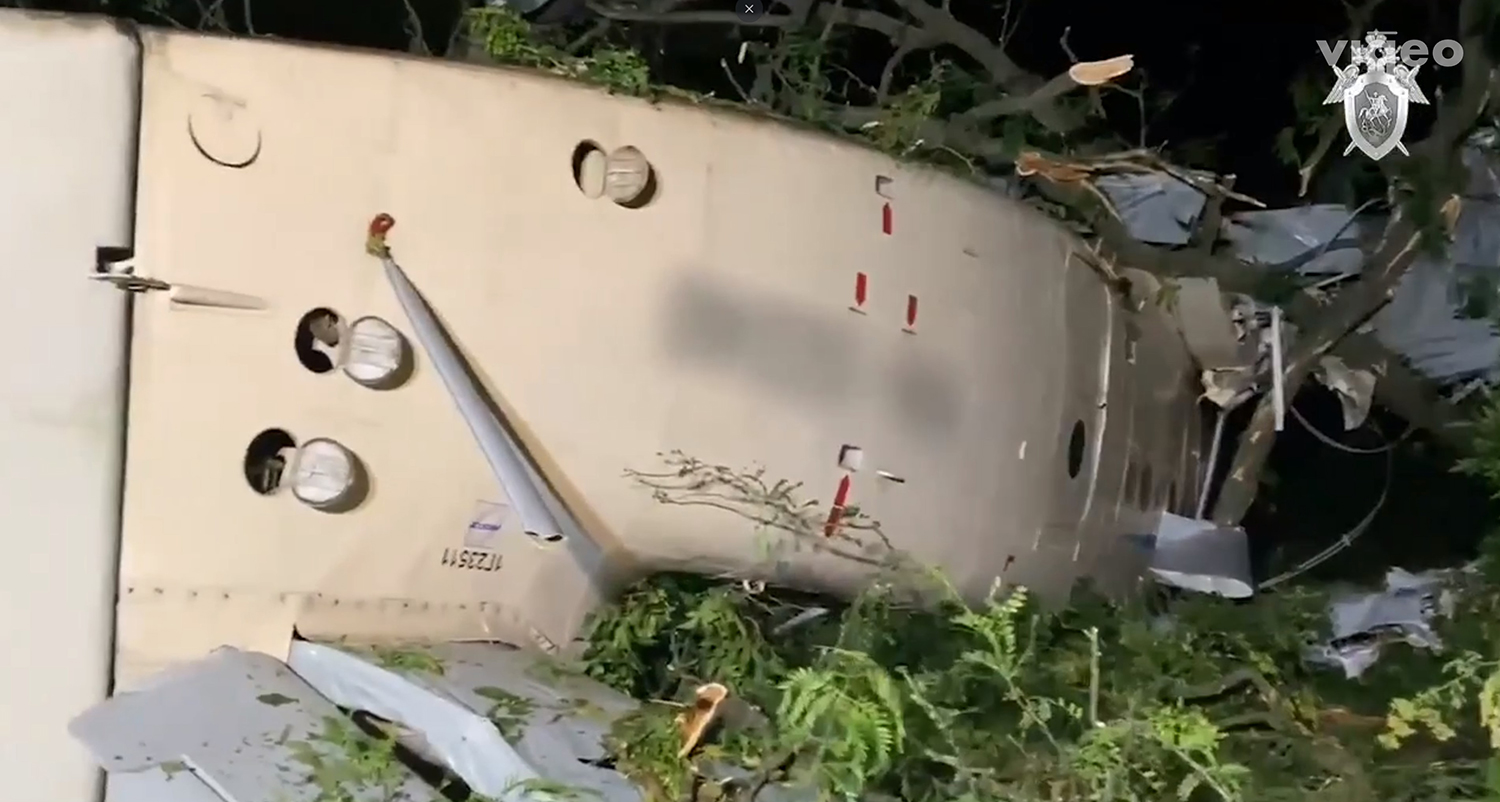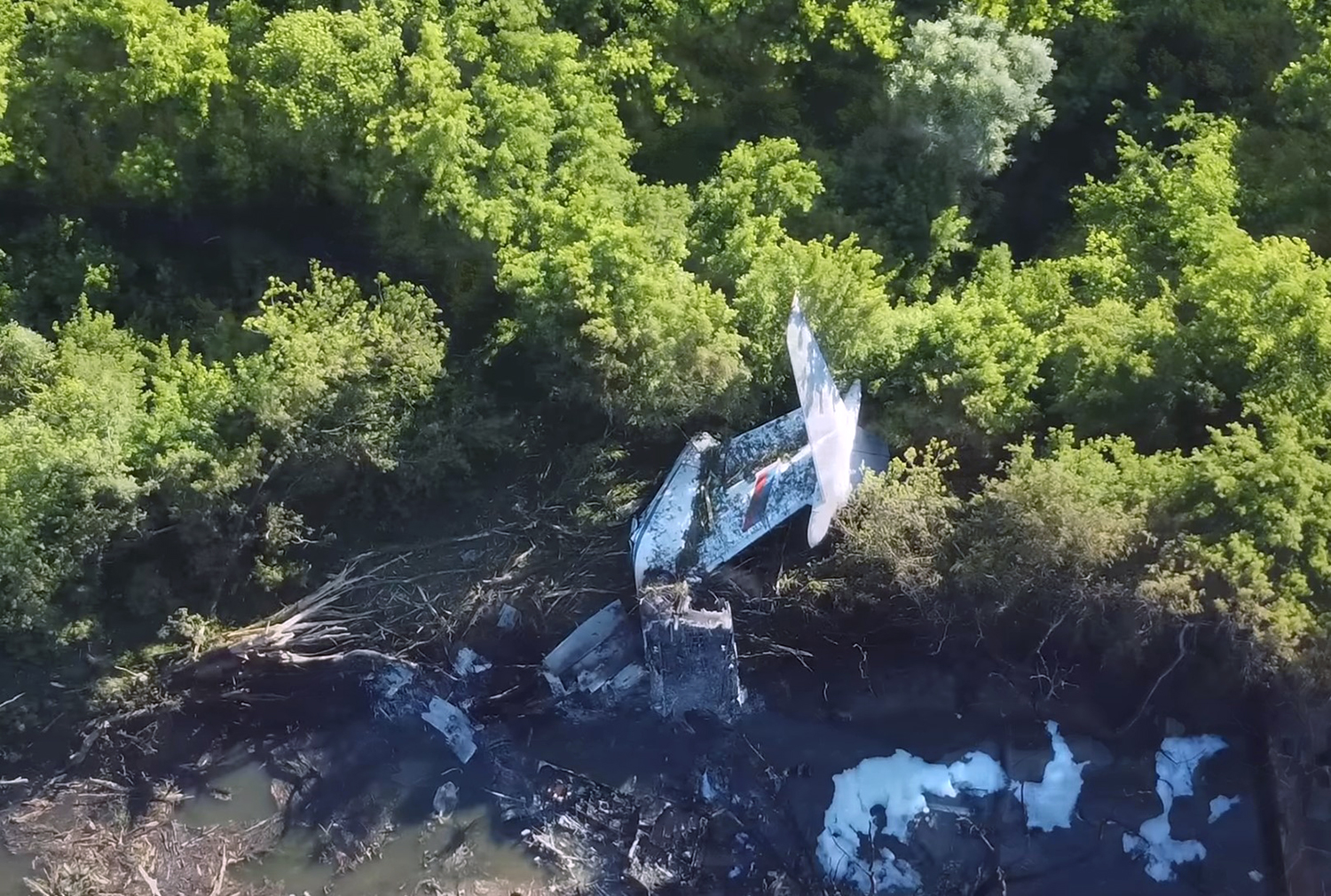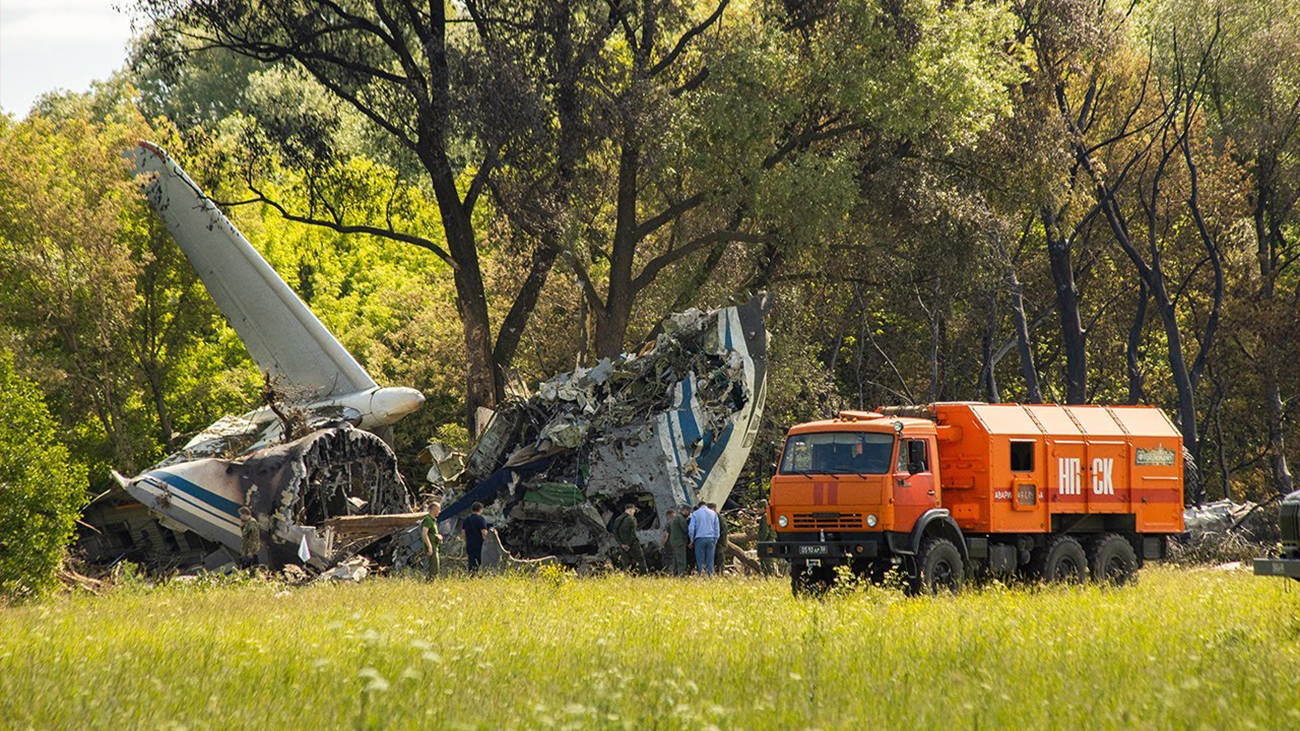Crash of an Antonov AN-26-100 in Utrenniy
Date & Time:
Jun 14, 2024 at 1340 LT
Registration:
RA-26662
Survivors:
Yes
Schedule:
Sabetta - Utrenniy
MSN:
81 01
YOM:
1979
Flight number:
UT9706
Crew on board:
5
Crew fatalities:
Pax on board:
36
Pax fatalities:
Other fatalities:
Total fatalities:
0
Circumstances:
On final approach to Utrenniy Airport in marginal weather conditions, the airplane impacted the ground and crash landed about one km from the airport. All 41 occupants were rescued and transported to the airport terminal, among them three were injured including both pilots. The airplane was completing a special service from Sabetta.




